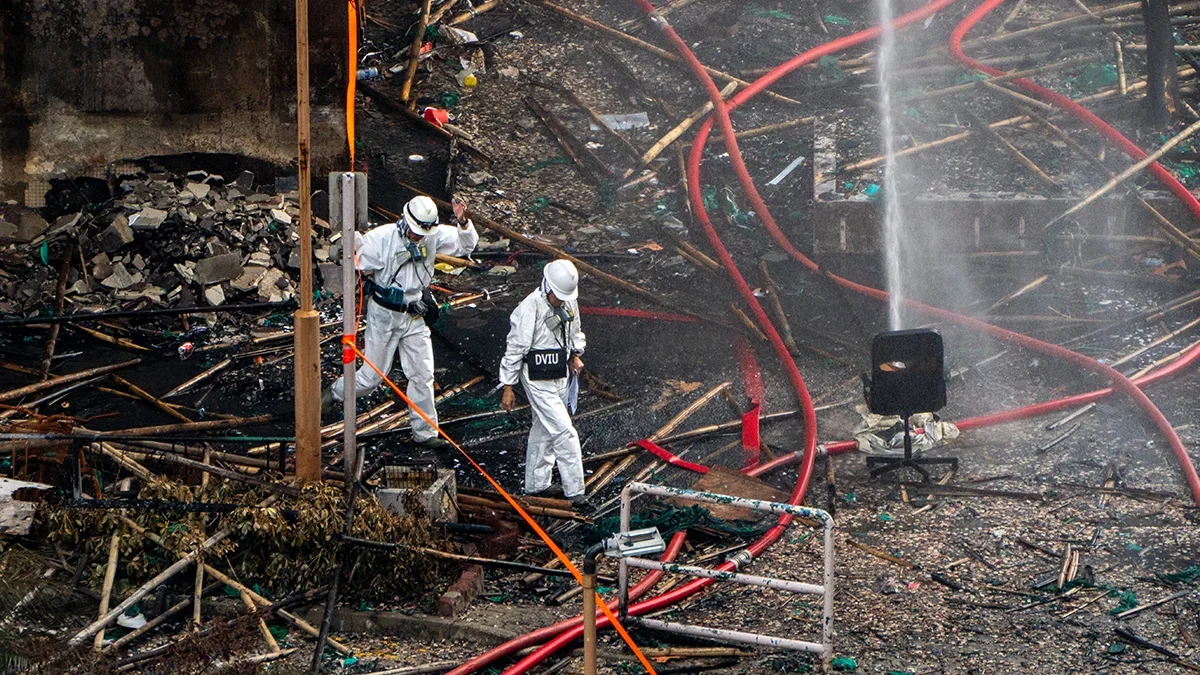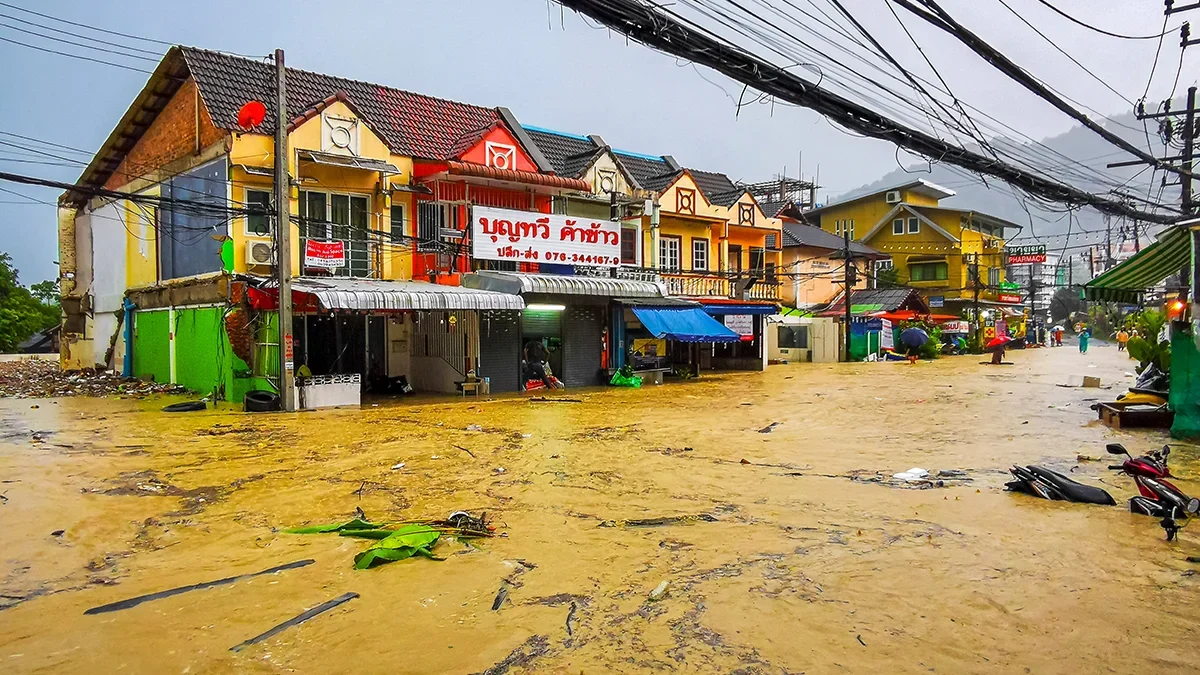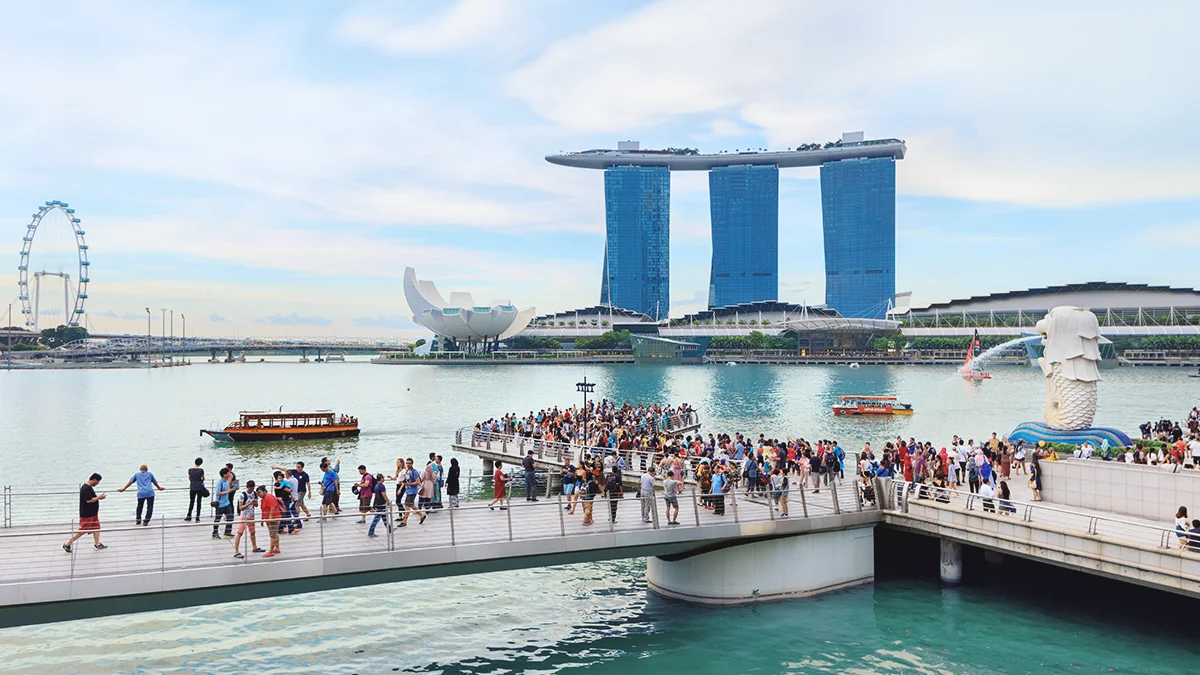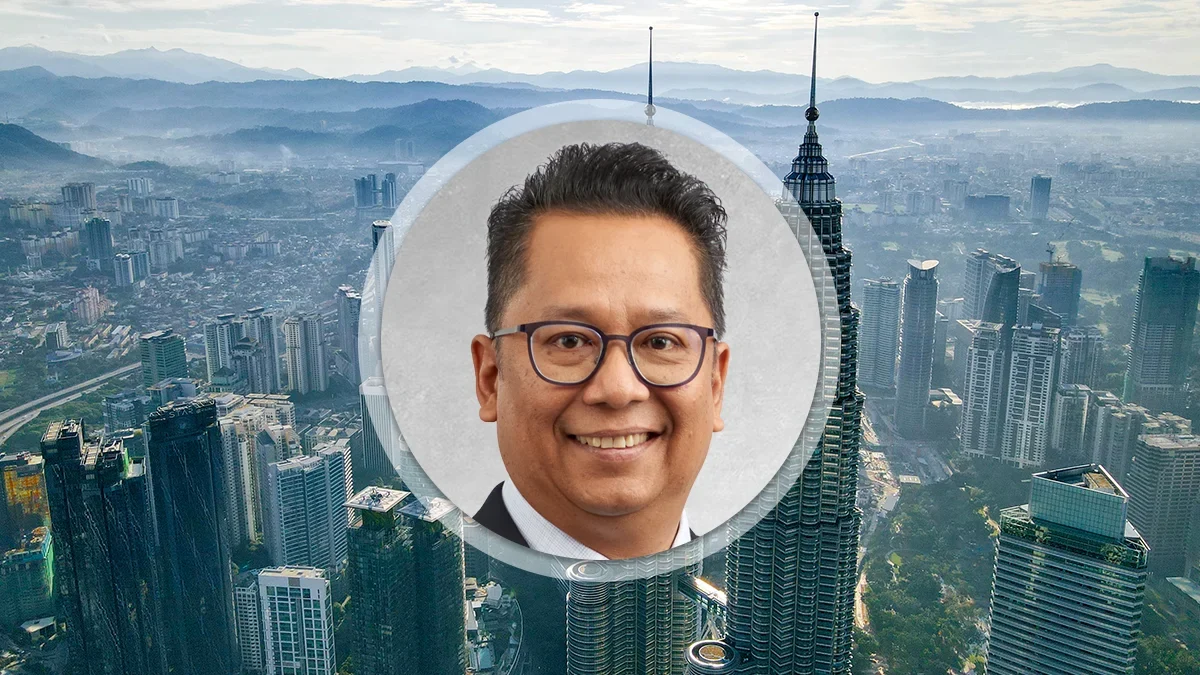(Re)in Summary
• New technology and the development of brownfield sites is making engineering risk more complex.
• Firms may not fully appreciate the loss exposure embedded within their engineering projects.
• Key risks include supply chain disruptions, cyber risk, environmental compliance issues, talent shortages and inflation.
• A trend towards retrofitting existing sites, rather than building new ones, may be masking loss exposures.
• Emerging risks may lead to a change in policy wordings and coverage.
The deepening complexity of engineering and construction projects in Asia Pacific is increasing the need for in-depth analysis of exposures, with a growing focus on negotiating tailor-made coverage for companies, according to brokers and insurers in the region.
Two things, in particular, are making engineering risk more complex. One is the rapid evolution of technology. The other is a growing trend to retrofit existing sites rather than build new ones.
Such complexity may mean that the loss exposure embedded within projects may be far greater than firms fully appreciate. Insurers are looking for ways to bridge this gap.
“Client, brokers and underwriters have to work together to find a viable solution,” says Terence Tang, HDI Global’s underwriting manager for engineering in Greater China, South East Asia and Korea. “It is our approach at HDI Global to act as a partner in transformation for our clients and broker partners.”
Underwriting large-scale engineering projects demands a level of expertise that not every insurer can match, which is why there are only a handful of insurers that have chosen to get involved in this profitable – though complex – area in APAC.
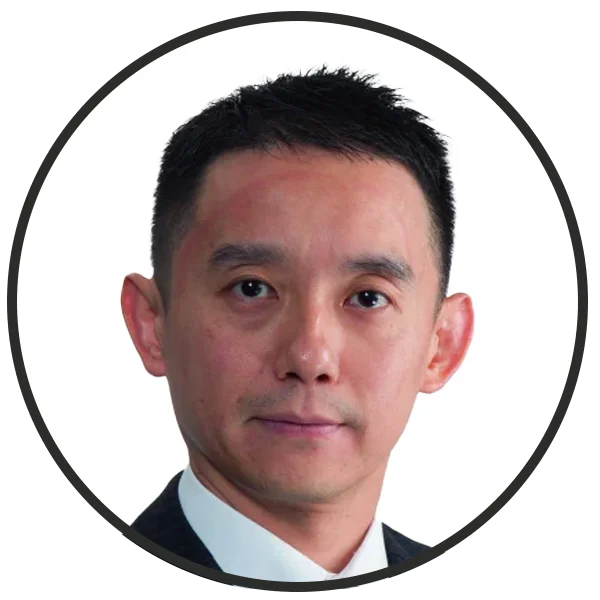
Terence Tang
Underwriting Manager for Engineering at HDI GlobalTang says that in order to be able to properly manage clients’ risk, HDI Global’s experts are included in the project from a very early stage, so that the insurer is familiar with the construction taking place, including any new technology being used.
“In the end, it all comes down to being close to clients, upholding a constant dialogue and thus being able to offer tailor-made solutions,” says Tang.
Growing complexity and risks
Engineering projects have always been complex to underwrite, but they are now becoming even more so. Such complexity leads to a growing range of risks to deal with.
“Key risks include supply chain disruptions, which can lead to project delays, cyber risks and environmental compliance issues, especially regarding the materials used in construction,” says Ajay Agarwal, Divisional Director with responsibility for construction at BMS, based in Australia.
To this list, Kiran Prakash, head of Berkshire Hathaway’s construction practice in Asia, adds another: a talent shortage.
“Getting the right people or assets to do the job is important. It is important to get good project references and check the reputation of contractors,” he says.
Technology risk is, of course, also key. This has been thrown into sharp focus by industry’s climate change agenda.
“With the rise of consequences from climate change, especially subsequent large losses, comes the need for new technologies and solutions within the realms of energy and engineering,” says Tang.
Thomas Tan, Group Manager for Field Engineering at FM, an insurer that specialises in underwriting engineering and construction projects, says that the large number of data centres emerging across APAC are making use of advanced technology that can be difficult to underwrite.
“These are technologies that we have not seen before,” he says. “In the past, non-ignitable liquids, like chilled water was enough to cool down these data centres, but we may soon reach a stage when water alone may not be enough to cool down the high-tech servers that these centers are using. Cooling of such centers may require things like specialised fluids, and that obviously requires fairly stringent safety measures to be put in place to prevent leaks and ensure safe operation.”
The rapid move towards new green energy facilities – such as lithium ion battery units and new large wind turbines that are designed to operate in low-wind areas – adds to the complexity.
On top of this there is inflation to contend with, as well as supply chain risk, which has seen production shift to different geographical locations – or even be split between multiple locations.

Thomas Tan
Group Manager for Field Engineering at FMBrownfield sites
As if this wasn’t enough, insurers and brokers in the region report a growing trend to retrofit existing sites, rather than develop new ones from scratch. This unleashes a whole host of other problems, potentially concealing issues that might otherwise be easy to spot.
“We have been seeing a lot of very quick decisions taken by clients to seize emerging business opportunities. This forces them to take decisions about acquiring new sites without considering the additional property-related risks that they might be exposing themselves to,” says Tan.
A site that is purchased in a hurry might require a wholesale retrofit in order to make it usable. This could expose companies to risks such as business interruption (if the revamp takes longer than expected) and public liability indemnity (if hazardous material, for example, is discovered during the work and needs to be disposed of.
“In terms of loss prevention, it is far simpler to build a site from the ground up rather than to retrofit an existing building, simply because, with greenfield sites, buildings can be engineered to incorporate loss prevention measures right from the start,” says Tan.
A growing opportunity for insurers in APAC is in helping firms properly think through the risk and exposure when acquiring a new site for development.
“First of all we need to understand what client is trying to achieve by acquiring a particular site,” says Tan. “If the site is for a new manufacturing plant, we need to understand what the client is going to produce, what the storage facility looks like and whether there are any hazards associated with that production process. We then need to work with the client to ensure that all hazards are mitigated.”
Risk and opportunity
Such complexity creates challenges for insurers, who are keen to safeguard their own livelihood by making sure that they fully understand the risks they are taking on.
During the process of securing insurance for the construction of a data centre, an insurer that BMS works with queried the measures that the project’s backers were taking to offset the energy consumption from the grid and reliance on fossil fuels to run the data centre.
“In the absence of a satisfactory response the insurers are reluctant to offer coverage and capacity,” says Agarwal.

Ajay Agarwal
Divisional Director at BMSHowever, providing that insurers can get comfortable with the risks embedded in new construction projects, their deepening complexity creates significant opportunities, with a premium being paid for the kind of in-depth analysis that specialised engineering insurers excel at.
“Clients increasingly rely on us to inform them about the hazards they are exposed to. Our engineers on the ground are able to assess new and emerging risks and feed these backs to the client,” says Tan from FM.
Tang from HDI Global adds: “The challenge is we need to have and review comprehensive information to assess risks within a short time frame, which is why we promote a constant and early dialogue with our clients and broker partners.”
He adds that, throughout the life cycle of the project, HDI Global continuously surveys the work using a global network of technical experts, in order to mitigate losses.
As part of this, insurers are also adjusting the wordings of insurance policies.
Agarwal says that he expects to see “specific exclusions” in policy documents, especially when it comes to cyber and political risk. Special policy conditions may also be applied when it comes “to environmental exposures and supply chain issues”, he adds.
For larger projects, insurers are likely to separately discuss delay-in-startup cover, as this “provides greater certainty to the stakeholders involved”, says Agarwal.
As new and emerging risks continue to rise, expect premiums to come up and terms and conditions to become more rigid.





